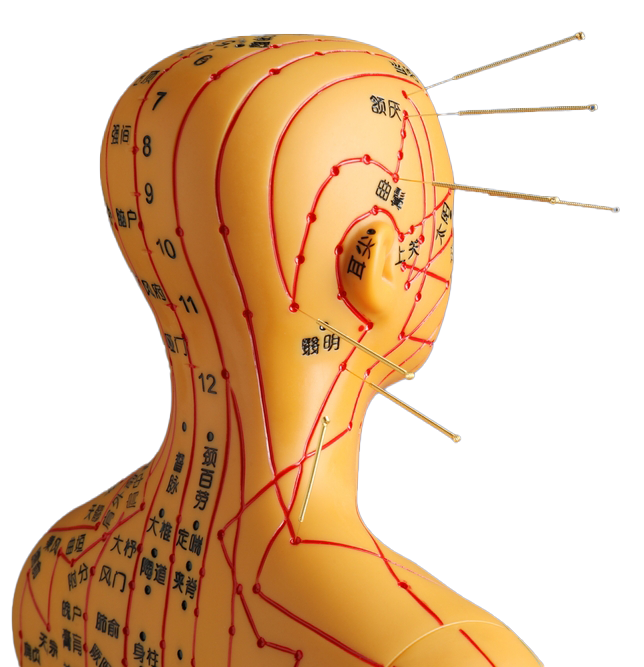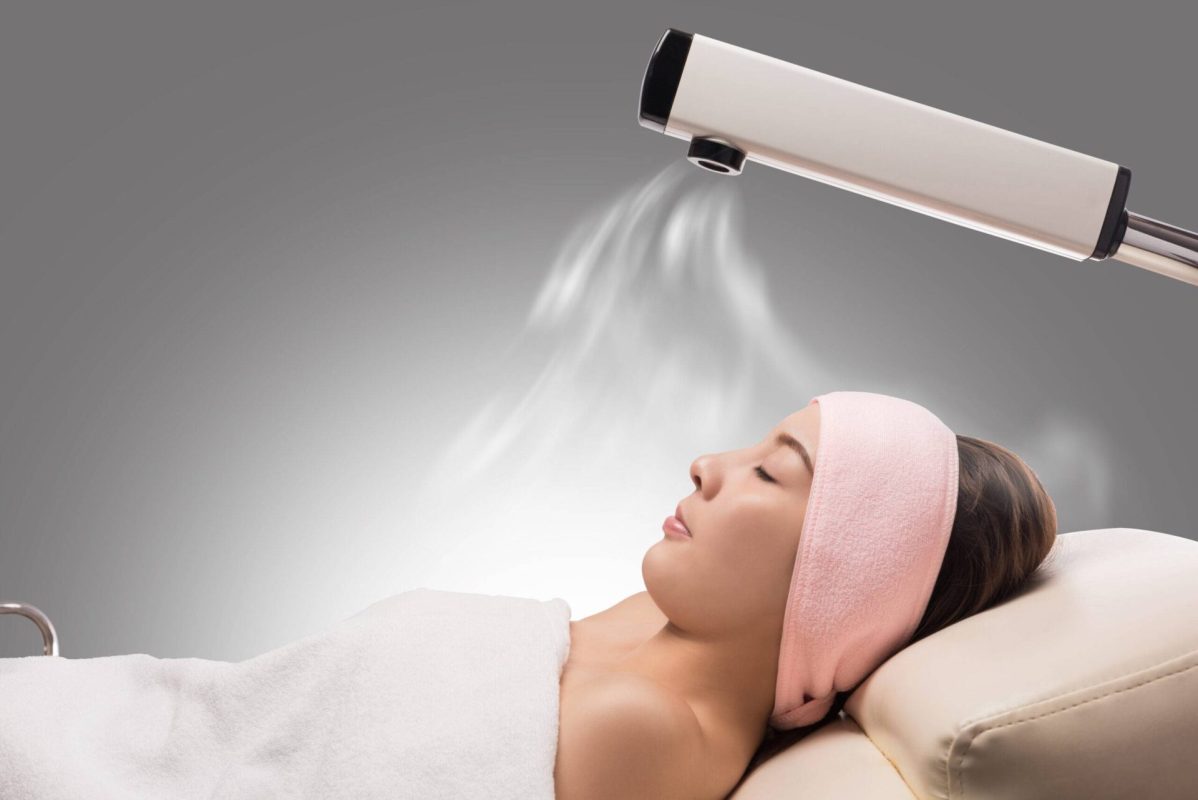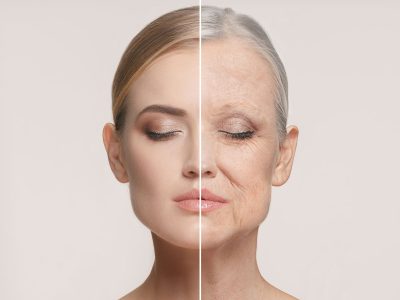- Facet joint Radiofrequency Thermocoagulation (RFT) Treatment
- Radiofrequency Thermocoagulation Dorsal root ganglion (DRG) radiofrequency thermocoagulation (RFT)
- Discitis Procedure
- Sacroiliac Joint Radiofrequency Treatment (Simplicity)
- In-Disc Ozone Therapy
- Nucleoplasty
- Transforaminal Injection (Pinpoint)
- Facet joint block
- Epidural Injection
Ozone therapy
- Home
- Complementary Medicine Methods
- Ozone therapy
Contents
Toggle- Creating an individualised treatment plan
- The role of different specialities (physiotherapist, orthopaedist, psychologist, neurosurgeon)
- Pain treatment during pregnancy
- Treatment of chronic pain in the elderly
- Pain management in children
- Stress management
- Healthy eating
- Ergonomic living arrangements
- Exercise and mobility
- Facet joint Radiofrequency Thermocoagulation (RFT) Treatment
- Radiofrequency Thermocoagulation Dorsal root ganglion (DRG) radiofrequency thermocoagulation (RFT)
- Discitis Procedure
- Sacroiliac Joint Radiofrequency Treatment (Simplicity)
- In-Disc Ozone Therapy
- Nucleoplasty
- Transforaminal Injection (Pinpoint)
- Facet joint block
- Epidural Injection
- Cancer pain
- Permanent Epidural / Spinal Port Application
- Vascular Port (Permanent Vascular Access)
- Trigeminal Nerve RFT
- Blockade of Ganglion Stellatum
- Lumbar Sympathetic Ablation
- Facet joint Radiofrequency Thermocoagulation (RFT) Treatment
- Radiofrequency Thermocoagulation Dorsal root ganglion (DRG) radiofrequency thermocoagulation (RFT)
- Hernia Burning (IDET)
- Discitis Procedure
- Sacroiliac Joint Radiofrequency Treatment (Simplicity)
- Permanent Epidural / Spinal Port - Pump System
- In-Disc Ozone Therapy
- Nucleoplasty
- Peripheral Nerve Block
- Transforaminal Injection (Pinpoint)
- Facet joint block
- Epidural Injection
- Intra-articular Fluid Treatment
- Dorsal root ganglion (DRG) radiofrequency thermocoagulation (RFT)
- Spinal cord stimulation (pain pacemaker)
- Ergonomic living arrangements
- Spinal cord stimulation (pain pacemaker)
- Nucleoplasty
- Radiofrequency ablation
- Herbal solutions
- Dry needle treatment
- Anti-ageing treatments
- Ozone therapy
- Cupping therapy - Cupping
- Mesotherapy
- Prolotherapy
- Acupuncture
- Stem Cell Therapy
- Nerve blockages
- Corticosteroid injections
- Massage and relaxation techniques
- Manual therapy
- Electrotherapy
- Neuropathic pain medications
- Anti-inflammatory drugs
- Muscle relaxants
- Painkillers (paracetamol, ibuprofen, etc.)
.
What is Ozone Therapy?
Ozone therapy is a complementary and holistic treatment method in which three-atom (O₃) ozone gas from oxygen is used for therapeutic purposes. Ozone, which has the potential to revitalise the immune system, neutralise germs and support cellular regeneration thanks to its high oxidative capacity, can trigger the body's self-healing processes when applied with the correct dose and method.
Properties of Ozone Gas
- Antimicrobial Action: Due to its capacity to destroy bacteria, viruses and fungi, ozone's disinfection feature is at the forefront.
- Stimulating Antioxidant Defence: When low doses of ozone are given to the body, it can strengthen the defence against free radicals by promoting the production of intracellular antioxidant enzymes.
- Cellular Energy Support: The introduction of ozone into circulation can improve metabolism and cellular function by increasing oxygen transport to tissues.
How is Ozone Therapy Applied?
- Major Autohemotherapy:
- A certain amount of blood is taken from the patient.
- The reaction is completed by adding ozone/oxygen mixture to this blood.
- The ozonised blood is returned to the patient through the vein.
- This method is widely used in the treatment of chronic diseases and general immune support.
- Minor Autohemotherapy:
- Ozone is added to a small amount of blood and injected into the muscle.
- It can be preferred for non-intensive, simpler ailments or to support immunity.
- Rectal/Ozonal Insufflation:
- Ozone gas is administered rectally or vaginally.
- It can be applied to regulate the intestinal flora or to support disorders in the pelvic region.
- Local Ozone Injection:
- Ozone/oxygen mixture is injected into the joint or soft tissue.
- It aims to reduce pain and recovery, especially in joint and muscle pain and hernia conditions.
- Ozone Sauna / Bagging:
- Certain parts of the body or the whole body are exposed to ozone vapour in a closed cabin.
- While ozone absorption occurs through the skin, circulation and lymph flow are supported.
The aim of each method is to avoid putting the body under excessive oxidant load. optimal dose of ozone to achieve a beneficial effect.
In Which Conditions Is Ozone Therapy Used?
- Immune System Support: It can help strengthen the body's defence mechanisms in cases such as recurrent infections, colds, flu, chronic fatigue.
- Chronic Diseases: It can be considered as supportive treatment in conditions such as diabetes, rheumatoid arthritis, fibromyalgia, chronic fatigue syndrome or autism.
- Joint and Muscle Problems: It supports the healing process by increasing oxygen transport to tissues in painful conditions such as knee, shoulder, herniated disc or neck hernia.
- Skin Problems and Wound Care: Ozone can be used in the treatment of wounds that do not heal for a long time because it accelerates blood circulation in tissues.
- Anti-Aging and Detox Purpose: Ozone therapy can improve skin appearance and overall vitality as it promotes cellular regeneration and increases antioxidant defences.
Benefits of Ozone Therapy
- Cell Regeneration and Repair:
- Ozone revitalises cell metabolism by increasing oxygen transport to the relevant area.
- It may cause accelerated repair of injured or inflamed tissue.
- Pain Control and Inflammation Reduction:
- It can relieve pain by showing anti-inflammatory effect.
- It can be supportive in reducing stiffness and swelling in the joints.
- Strengthening the Immune System:
- When administered in appropriate doses, it can provide a protective effect in patients with frequent infections by increasing the activity of immune cells.
- Improving Circulation:
- It increases tissue nutrition by improving blood flow in arteriosclerosis and circulatory problems.
- Increased Energy and Vitality:
- With the improvement of oxygenation processes, symptoms of fatigue and weakness can be alleviated.
Possible Side Effects and Risks
- Oxidant Overload: If the appropriate dose is not adjusted, oxidative stress that damages the cell membrane may increase.
- Allergic Reactions: Although very rare, hypersensitivity to ozone application may occur.
- Clot Risk in Intravenous Administration: Practitioner experience is important; infection or intravascular complications may occur if sterile operation and protocol are not observed.
- Transient Headache, Dizziness or Fatigue: Some patients may experience mild side effects in the first applications; they usually resolve in a short time.
Important: The application should be performed by trained and experienced health professionals. It may be erroneous to apply ozone therapy or to interrupt classical treatment in a way that interferes with routine treatments. Doctor follow-up is essential.
Who is not suitable for ozone therapy?
- Pregnant women Ozone therapy during pregnancy is not recommended as its safety has not been fully proven.
- Patients with Uncontrolled Hyperthyroidism or Anaemia: Oxygen overload may be unfavourable for these patients.
- Severe Renal, Hepatic and Heart Failure: Ozone risk increases without multidisciplinary assessment.
- G6PD Deficiency: Ozone is dangerous because it can cause extensive damage to red blood cells.
In these cases, the application should not be performed without a doctor's approval.
Treatment Process and Number of Sessions
- Evaluation: Patient history, chronic diseases, laboratory results and drug use are reviewed.
- Planning: Patient-specific ozone dose and method are determined.
- Session Interval: Usually 1-2 sessions per week, 5-10 sessions in total can be planned. Longer programmes are recommended in some chronic conditions.
- Monitoring and Evaluation: The dose or session intervals can be adjusted according to the response of the treatment.
Frequently Asked Questions
1) Does Ozone Therapy Hurt?
- Needle sticks during autohemotherapy may cause mild pain. Injection or insufflation methods are tolerable for most people.
2) How long does the treatment take?
- It depends on the metabolism of the person, the type of disease and the frequency of the sessions. While some patients feel improvement in the first 2-3 sessions, some may take longer.
3) Does it provide lasting results?
- Ozone therapy is usually a supportive and complementary approach. It does not guarantee a permanent solution alone. It can provide long-term benefits together with appropriate diet, exercise and drug treatments.
4) What to do if side effects occur?
- Mild side effects resolve spontaneously within a few hours. In case of severe or prolonged symptoms, the treating health professional should be consulted.
Conclusion
Ozone therapy is a complementary and supportive approach to conventional methods offered by modern medicine. When applied under the correct dose, appropriate protocol and expert supervision, it can show positive effects in many areas from reducing pain to strengthening immunity. However, each individual's health history and needs are different. Therefore, if you are considering ozone therapy, it is recommended that you make the best decision by having a detailed interview with a physician or a trained health professional.
Our treatments
- Home
- Complementary Medicine Methods
- Ozone therapy





